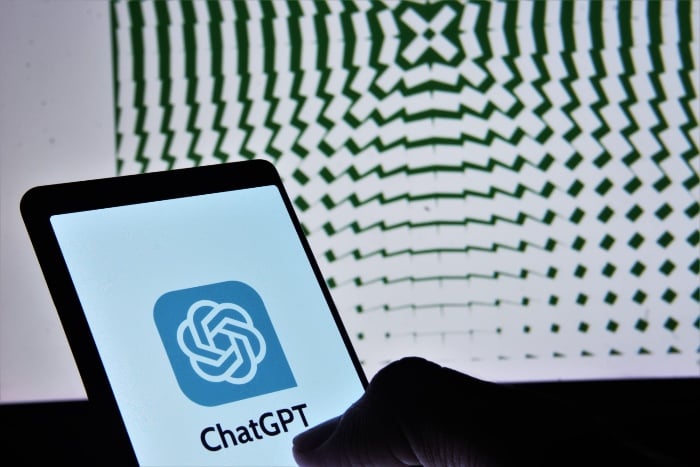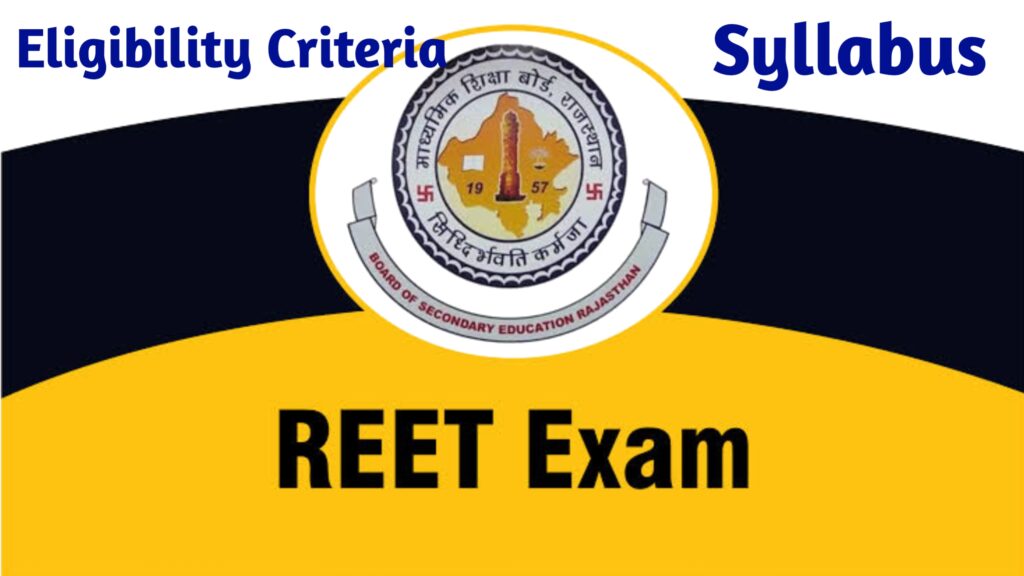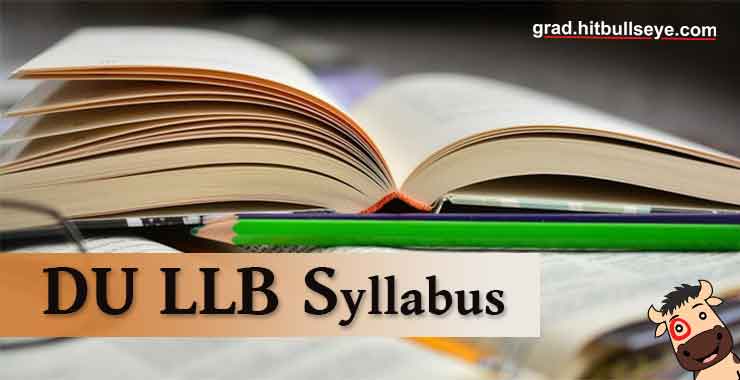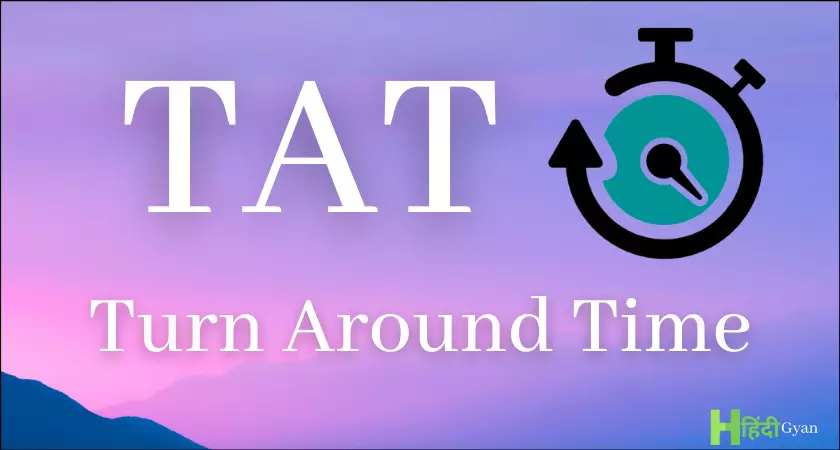This guide will show you how to generate unique content with the help of ChatGPT and conversational AI. The topic of generating unique content with conversational AI like ChatGPT is an intriguing one that intersects with various disciplines such as natural language processing, machine learning, and creativity studies.
Models like ChatGPT are the result of advanced machine learning techniques and are trained on an enormous dataset comprising a wide variety of text sources. This extensive training allows these models to produce text outputs that are not only contextually appropriate but also adhere to the rules of syntax and grammar. Yet, when we delve into the concept of “creativity” within this technological framework, we find ourselves navigating a labyrinth of complexities and
Background Context
- Data-Driven Nature: ChatGPT is trained on existing text data, which means that its outputs are, in a sense, a recombination of what it has already seen. This is different from human creativity, which can involve novel conceptual frameworks or entirely new ideas.
- Task-Specific Tuning: While the base model is general-purpose, it can be fine-tuned for specific tasks, including content generation. This allows for more targeted creative outputs, but within the constraints of the data it was fine-tuned on.
- User Input: The “conversational” aspect means that the user has a role in guiding the AI’s output. This interactive element can add a layer of creativity as the user and the AI “co-create” content.
- Computational Constraints: The model operates under computational limits, which means it can’t generate infinitely long or complex content. This is a form of constraint that can either hinder or foster creativity, depending on how it’s managed.
Assumptions
- Definition of Creativity: For the purpose of this discussion, let’s assume that creativity involves the generation of ideas or content that is both novel and valuable.
- User Expertise: Since the user is knowledgeable in AI and ethics, the focus here is not on the technical or ethical limitations but on the creative potential.
Step-by-Step Thinking
- Idea Generation: One way to generate unique content is to use the model for brainstorming. By asking it to list ideas or concepts related to a topic, you can get a wide array of suggestions, some of which might be novel combinations of existing ideas.
- Interactive Storytelling: The user can co-create a narrative with the model by taking turns writing sentences or paragraphs. This interactive approach can lead to unexpected and creative outcomes.
- Data Augmentation: For more technical or data-driven tasks, ChatGPT can be used to augment existing data sets with synthetic data, which can then be analyzed for novel insights.
- Prompt Engineering: The creativity of the output often depends on the creativity of the input. Crafting prompts that are open-ended or that challenge the model to think in new ways can yield more creative results.
- Iteration and Refinement: The generated content can serve as a first draft that is then refined either by the model through further iterations or by a human editor.
Summary
Although ChatGPT and comparable conversational AI models do come with certain inherent limitations, particularly when it comes to generating content that can be considered genuinely “original” or groundbreaking, they nonetheless open up a broad spectrum of opportunities for creative pursuits. These opportunities become particularly apparent when these models are deployed in an interactive manner, or when they are used synergistically alongside human creativity and specialized knowledge.
Understanding the specific limitations and strengths of these AI models is crucial. This understanding allows for more effective utilization of the technology as a component within a more expansive creative workflow or process, rather than viewing it as a standalone solution for creativity. By doing so, one can harness the model’s capabilities to augment human creativity, thereby enriching the overall quality and innovation of the generated content. We hope that you find this guide helpful, if you have any questions, comments, or tips, please let us know in the comments below.
Filed Under: Guides
Latest aboutworldnews Deals
Disclosure: Some of our articles include affiliate links. If you buy something through one of these links, aboutworldnews may earn an affiliate commission. Learn about our Disclosure Policy.







